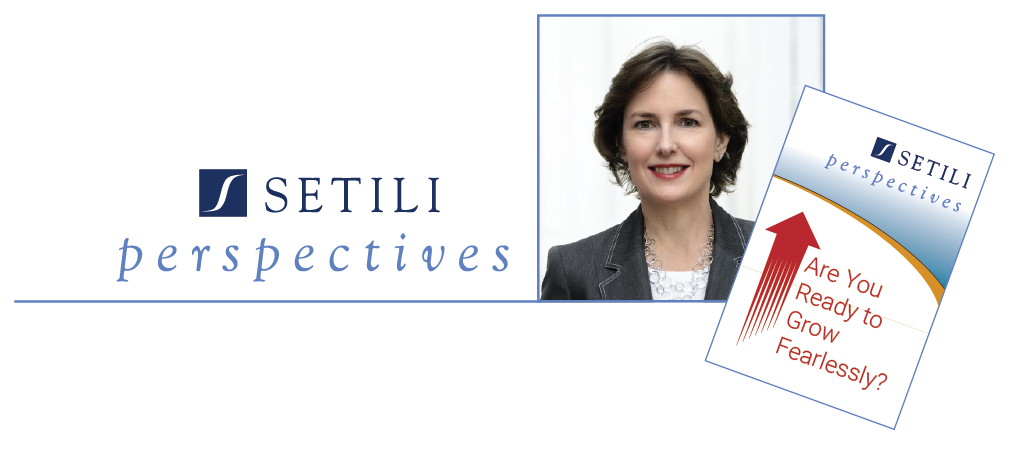4 Questions Agile Companies Ask Themselves Every Day
![]()
Do you wish your organization could move faster to take advantage of new opportunities in the market, or to avert emerging threats?
Do you feel that you are missing, or seeing but ignoring, important changes in your business environment?
Does it take longer than it should to make key strategic decisions, or to take action, once those decisions are made?
Today’s most agile organizations have learned how to respond more nimbly to changes in the marketplace. They ask themselves four key questions, every day:
1) How can we give employees at all levels more leeway to respond to changes in the marketplace?
When employees are bound by highly directive mandates from management, they tend to go through motions of daily activity without thinking too much about what’s going on around them. They fail to notice when customers’ needs are changing, or when a new competitor enters the mix.
Employees in the most agile companies, on the other hand, are granted vast leeway in decision making. Because they have the flexibility to do something about the changes they see, they become very tuned-in to the world around them.
They are more curious about what customers think. They are more apt to use the competitor’s product, just to see what’s different about it. They seek out new technologies, and wonder how they might be employed within their own organization.
They respond in a fast, flexible way to changes in the marketplace.
2) What alternatives should we consider?
When facing a difficult strategic situation—a new competitor, a customer defection, or slumping market share—we often see few strategic options, and feel boxed into a corner. We take desperate measures, such as cutting prices, or making an expensive acquisition.
Agile companies, however, understand the best choice is usually not the most obvious one. When facing a difficult strategic choice, they develop multiple alternatives, and encourage vigorous debate before choosing a path forward.
3) What do we want to become?
It’s hard to create an agile organization when the vision for the future is not clear. Without a clear and compelling intent—that everyone understands and buys into—decision makers become emotionally attached to “the way we’ve always done things.” When the focus is on preserving what is, rather than creating something new, managers see risk everywhere they look. They become paralyzed.
Agile companies, on the other hand, establish a clear intent that enables employees at all levels, functions and geographies to collaborate to reach the destination.
4) How can we learn as fast as possible?
Agile companies are experimenters. They try many things, keep what works, and kill what doesn’t. <– Click to Tweet
They don’t limit their aspirations to what they are currently capable of accomplishing. Rather, they set aggressive goals, and then build capabilities to get there.
They seek constant, up-to-the-minute input from their most forward thinking and demanding customers, and seek partners who can help them achieve their goals.
Like a skier heading down a black diamond slope, they are committed to the path, but completely alert and ready to alter course when they encounter new information, or bumps in the road.
Would you like to create more speed and agility in your organization? Feel free to reach out to me.
Amanda Setili is author of The Agility Advantage: How to Identify and Act on Opportunities in a Fast-Changing World (learn more or read a sample here).



